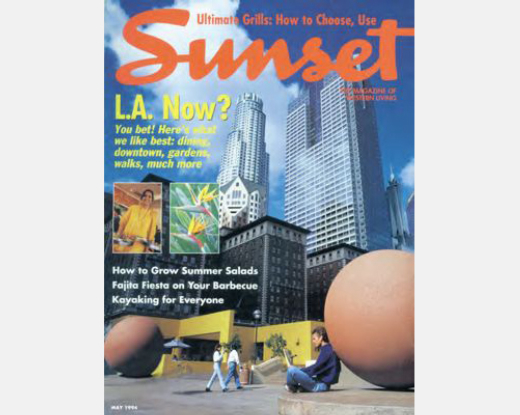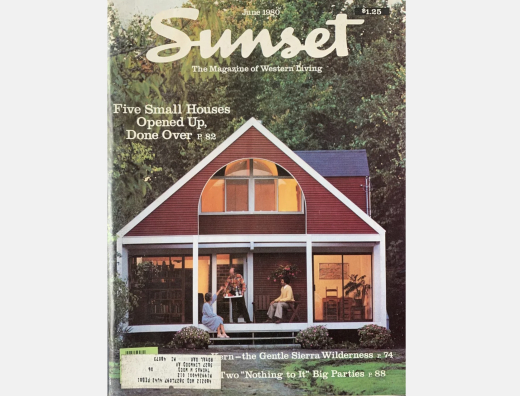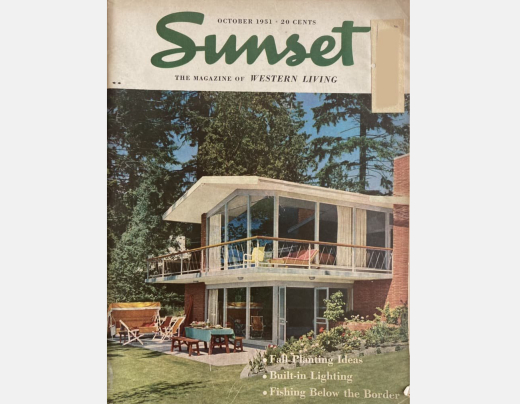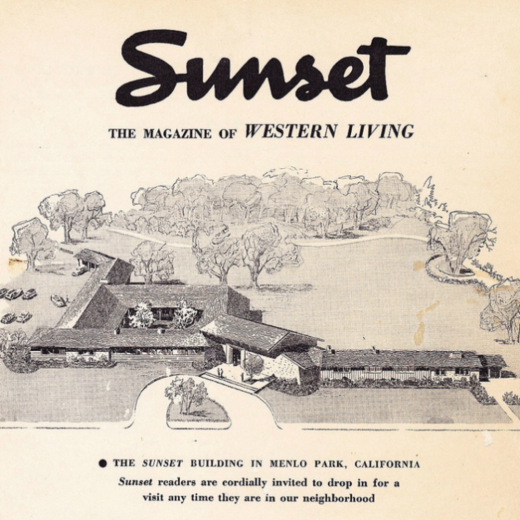Current Threat
In late 2023, the current owner, N17 Development, proposed construction of three towers at 80 Willow Road in Menlo Park, CA, which would require demolition of the existing structure and landscape features, designed by Clifford May and Thomas Church, respectively. In , The Cultural Landscape Foundation (TCLF) describes the acreage as a Modernist corporate campus “unlike any other, serving as an incubator and laboratory on the art of living in the West.” The °®¶№app national advocacy committee is working with °®¶№app/Northern California and TCLF to advocate for this important work of Modern architecture and landscape design.
Sunset occupied 80 Willow Road until 2015, when its parent company Time Inc. moved the publication’s office to Oakland. The property was sold the same year.
The site currently retains a high degree of integrity. May’s main headquarters structure, original trees and shrubs as well as heritage oaks, are still intact. shared that “numerous landscape features, including the generous lawn edged by paths and the patio gardens, survive.”
In the days and weeks since the threat of demolition was made known to °®¶№app, many of our California members have conveyed to us that Sunset magazine’s influence on lifestyle knows no limits. One member elaborated, “it showed us what it meant to be a Californian.” The significance of Sunset magazine and its headquarters goes well beyond the built fabric. °®¶№app and our colleagues in Northern California will continue our efforts to advocate for a positive preservation-focused solution.
How You Can Help
Per TCLF, those concerned about the threat should contact the mayors of Menlo Park and Palo Alto and “express their concern and support for maximum preservation of the Sunset Headquarters building and landscape.”
Cecilia Taylor – Mayor of Menlo Park
cttaylor@menlopark.gov
650-589-5073
Greer Stone – Mayor of Palo Alto
Greer.Stone@CityofPaloAlto.org
650-329-2384
Read More
- (TCLF)
- (TCLF)
- (Stanford Magazine)














